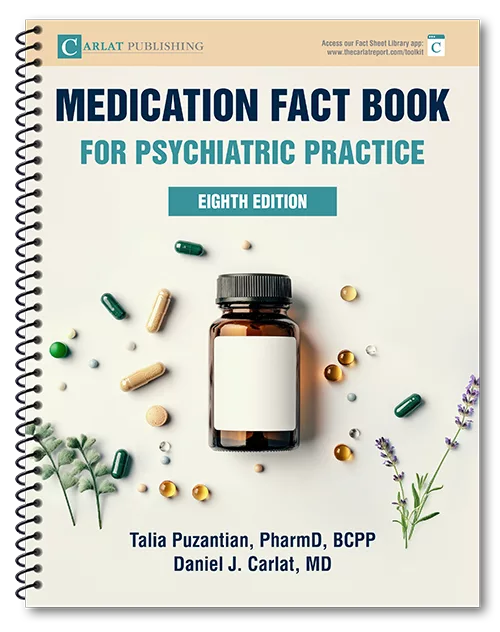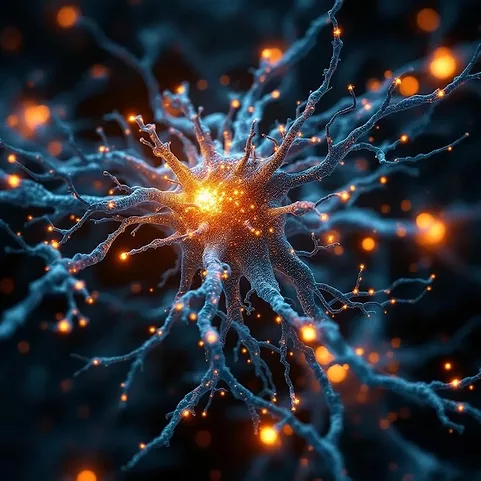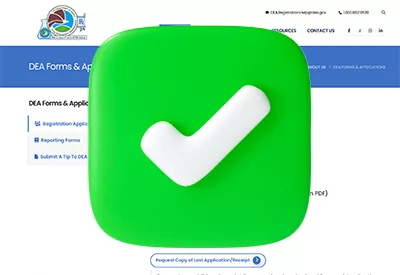Articles Tagged with ''antipsychotics''
Are Depot Antipsychotics More Effective than Oral Meds? Maybe
Section editor, Glen Spielmans, PhD
Read More
Long Acting Injectable Antipsychotics: A Primer
Kelly Gable, PharmD, BCPP
Assistant professor of pharmacy practice Southern Illinois University, Edwardsville, School of Pharmacy
Daniel Carlat, MD
Editor-in-chief, The Carlat Psychiatry Report
Read More

_-The-Breakthrough-Antipsychotic-That-Could-Change-Everything.webp?t=1729528747)



